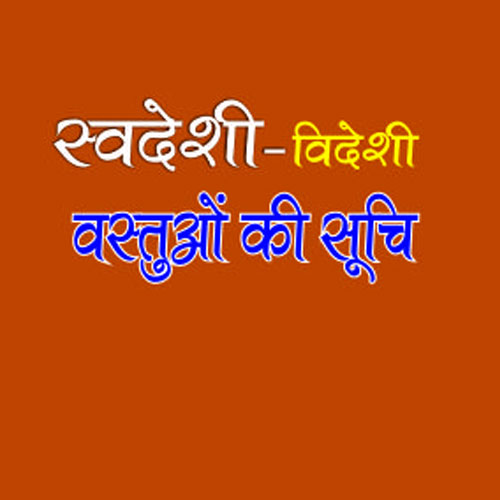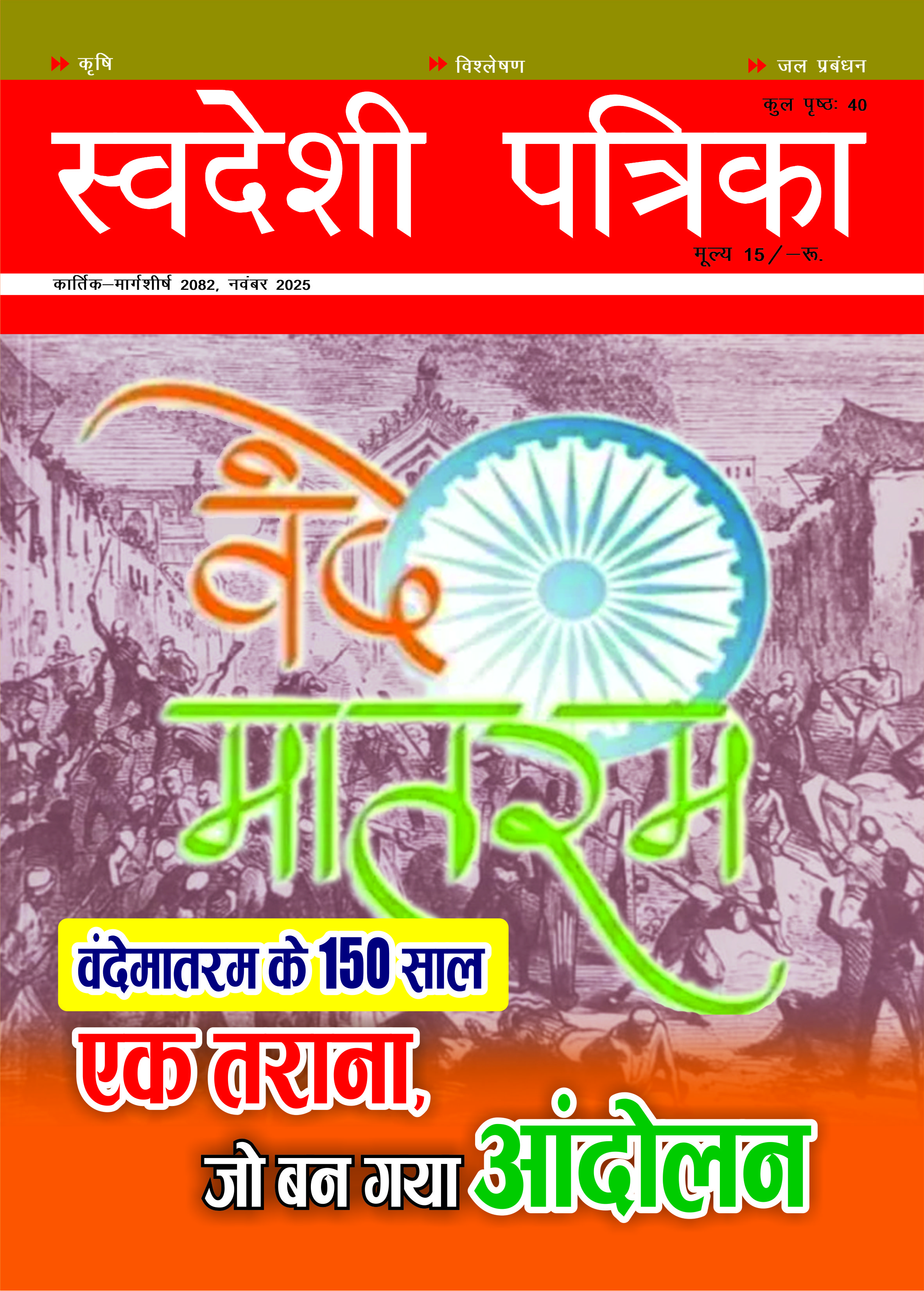
Chaos as officials mislead, local credit keeps markets alive;
India economy has been the pride of world. It has been showcased as the only growing economy - a proud moment for Indians particularly under Prime Minister Narendra Modi.
That was until a week back. International media quietly observed the scenario for eight days. On Nov 16, 2016, CNN, BBC and other international channels came out with long stories. The CNN headline screams, “Indian economy is in turmoil”. The BBC and others also echo the same sentiment in different words. A week has changed the worldview!
The Opposition in the country are debating, demonstrating and protesting. The queues at banks and post offices are surging.
But despite all this one surprising aspect is that those standing in the queues or suffering the sudden withdrawal of cash are with Modi and even the opposition does not doubt his intentions. A week later after many brawls at such counters, they have started blaming the officials.
Many in the crowd now say that the officials have misled the government and had given inappropriate information of smooth transition leading to the chaos.
Even insiders do not mind admitting that the dependence on officials was “possibly a bit too much”.
There are ramifications for people living abroad and questions are being asked how they can exchange the demonetized notes. Those in Nepal also have their concern and Nepal government has officially taken it up.
The government also needs to understand that its move to channelize the trading and transactions through banks is also not appropriate. The banks have become unethical, levy undue charges and are expensive. The private banks are less dependable. Credit card transactions at 2 percent cut (annualized would be over 30 percent) are expensive for sellers. Debit cards expose the holders to risk of being swindled as their data can be compromised.
Bank transactions are slow and instruments like cheques are not trusted. India’s wholesale business works on 1 to 1.5 percent cuts. It moves on trusts. It is fast. The defaults are rare. If it moves to banks it would cost over 3 percent.
Outside urban India, it is largely hard cash transactions. Banks are 15 or more kilometers away from villages. It has hit the villagers hard.
Apart 1.25 lakh bank branches and two lakh ATMs (of which on only 1.25 lakh remain operational any time) are too inadequate if 1.25 crore people are moved to the banking system. It is bound to collapse. Apart no society is fully banked and possibly it should not be so.
The move has hit the market, except a small section that accepts cards. Some traders say that the servers have become difficult to access. The saving grace is shopkeepers and traders are allowing free credit to their customers.
It has affected sowing as well in large parts of the country. Again the local credit system is keeping alive farm functions and supply of fertilisers and seed. The latest announcement of increasing credit and withdrawals to farmers, larger withdrawals to farm traders should help. So the decision for Rs 2.5 lakh withdrawals for weddings would.
There is a cost on economy. The old notes had cost about Rs 15,000 crore in printing. The new notes also have a similar cost. There is cost for recalibrating the ATMs, which may take over three weeks to complete.
How much is the counterfeit currency? According to a study done by the Indian Statistical Institute, Kolkata, in 2015, Rs 400 crore worth of fake notes were in circulation in the economy. This is merely 0.025% of the total budget outlay of Rs 19.7 lakh crore as announced this fiscal.
The cash comprises only a tiny part of black assets. This is borne out by facts. Cash recovery has been only 6 percent of the undisclosed income seized from income tax evaders, according to data from tax raids from 2012-13 onwards.
In April, the SBI said that people were withdrawing cash in Rs 100 and 50 denomination notes in large amounts. Some newspapers in some parts of the country had reported that demonetization and introduction of Rs 2000-notes were in the offing in April itself.
Data from different banks shows during the last three months most of the banks reversed the trend of declining deposits and witnessed healthy growth. The sudden rise in deposits, many of it in high-value notes, has raised some eyebrows.
While it is necessary to take people with untaxed money to task, the present move has made the detractors vocal as large section of the people are hit and unable to access their own money.
While partial demonetization always takes place, the problem this time was the sudden withdrawal of 86 percent or Rs 16 lakh crore worth cash from the system. The 500-Euro-notes were demonetized but it remains a legal tender till it is in circulation. The Indian case is aimed at the supposed super rich but it hit the marginalized and the vocal middle class the most.
Such moves have taken place in some other countries too. In 2002, all European currencies were replaced by Euro. The transition was smooth.
But in many other countries like Soviet Union by Mikhail Gorbachev in January 1991, Zaire in 1993, Myanmar in 1987, Ghana in 1982, Nigeria in 1984 and North Korea in 2010 the moves failed. Most of these led to massive protests, civil wars, ouster of the governments and economic collapse.
In case of India, despite problems, people have shown faith in Modi’s move and are showing solidarity for cleansing the system. It has caused some disruption but the trade chambers say the corporate transactions are on. The chambers complain that if the officials had briefed properly things could have moved without this massive jerk.
India needs to solve the cash problem has to be solved soon. There need not be insistence on cashless economy. Personal income tax needs to be reformed to pep up the economy. The government is reportedly mulling over such ideas, as junior finance minister AS Meghwal says.
Economy may have taken a small hit due to sudden demand slump but it is not in turmoil as envious western media say. In the course of next few weeks it is expected to be back on rails.


